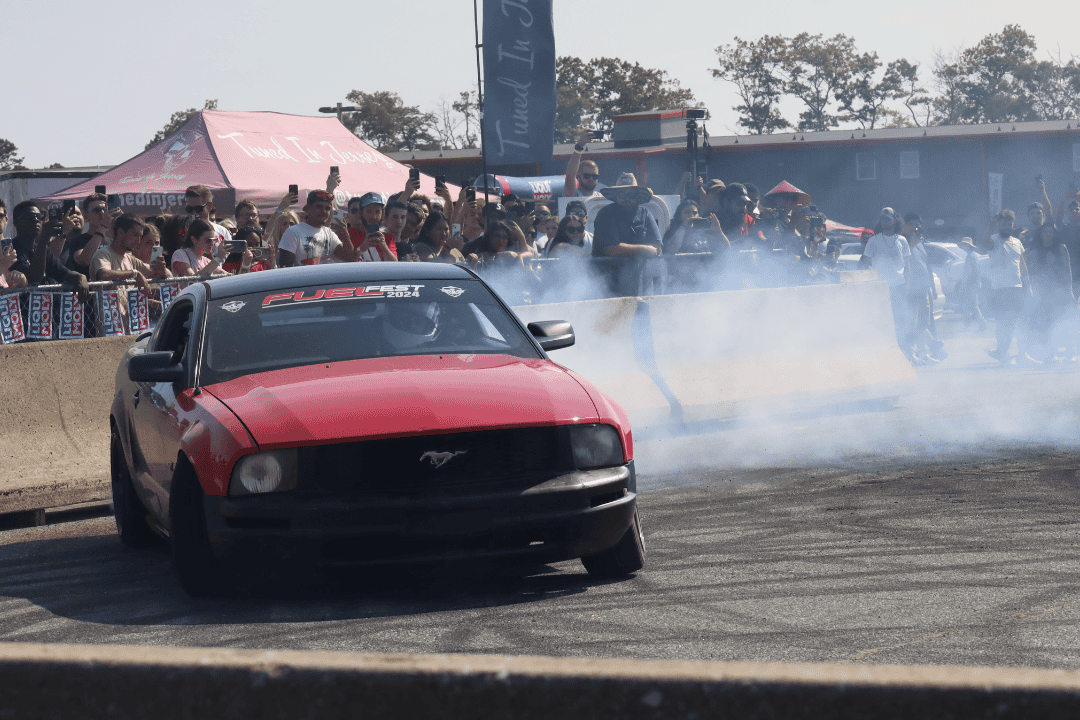New Bridge: The Forgotten Battlefield That Helped Shape American Independence

New Bridge in New Jersey might look like any other peaceful spot today, but during the American Revolution, it was the scene of some intense and defining moments for the young American army.
This bridge over the Hackensack River was a strategic gateway that saved Washington’s troops when things looked bleak.
In fact, the story of New Bridge is packed with desperate retreats, clever attacks, and near-misses that could have changed the entire course of the war.
In November 1776, things were going badly for General George Washington and his Continental Army.
The British had chased the Americans out of New York, capturing Fort Washington and forcing Washington’s troops into a retreat through New Jersey.
Thus, Washington decided to evacuate Fort Lee, where the Americans were running low on supplies and under threat.
They had to move fast to avoid being trapped by the British, who had a significant advantage and were relentlessly closing in.
On November 20, Washington led his army to New Bridge.
Now, this wasn’t only a quick, lucky escape.
New Bridge was a lifeline for Washington and his men.
They managed to cross over in a hasty retreat that some called a “Retreat to Victory,” with British forces in hot pursuit.
Thomas Paine, the well-known writer of “The American Crisis,” really captured the pressure of this escape, mentioning that Washington read his words to lift the troops’ spirits: “These are the times that try men’s souls.”
And this truly was one of the toughest times in the war.
Because of the bridge, Washington’s troops managed to avoid capture and keep moving toward freedom, laying the groundwork for the victories at Trenton and Princeton.
But New Bridge wasn’t important for just that one moment.
As Washington’s army retreated, British troops under Major General Vaughan attacked their rear guard and took over New Bridge, which marked the start of a brutal series of clashes in the area.
The following day, on November 21, 1776, the British captured Fort Lee and pursued the Americans further into New Jersey.
The fighting continued, with New Bridge and Fort Lee becoming recurring flashpoints as the two sides clashed repeatedly over the next few years.
A particularly interesting skirmish happened on May 18, 1779, when Captain Patrick Ferguson and his British troops attacked a group of about 40 American militiamen at New Bridge.
Although outnumbered, the American soldiers put up a spirited defense and refused to let go of their ground without a fight.
To their surprise, the British had expected an easy win but faced tough resistance.
On August 18, 1779, Major Henry Lee—better known as “Light-Horse Harry”—used New Bridge as a launchpad for a daring nighttime attack on British fortifications at Paulus Hook in what’s now Jersey City.
Lee’s raid was one of the few times American troops directly assaulted the British in this area, and it succeeded in a morale-boosting win for the Americans.
The British suffered losses and retreated while Lee’s men regrouped at New Bridge, which showed how strategic this crossing point was.
And New Bridge’s significance continued into the next year.
On March 23, 1780, American forces again fought the British here, this time against 600 enemy troops retreating from nearby Hackensack and Paramus.
The two-hour battle forced the British to regroup and allowed the Americans to hold their ground.
Another attack took place on April 15, 1780, when 312 British, Loyalist, and German soldiers overwhelmed a small American outpost stationed at New Bridge, with several defenders killed or captured.
Yet, this didn’t stop American forces from regrouping and holding the line at New Bridge.
One of the most bizarre episodes came on May 30, 1780, when British soldiers, while trying to attack the local Bergen militia, mistakenly fired on each other outside the Zabriskie-Steuben House and caused a chaotic fight with serious casualties.
Despite the confusion, British troops continued to pursue their plans to control the New Bridge area.
Washington himself recognized the importance of the New Bridge as more than a military crossing.
In September 1780, he made his headquarters at the Zabriskie-Steuben House, where he gathered with other key figures, such as Lafayette, Hamilton, and Greene, to plan the next phases of the war.
This was the site of important meetings that helped define strategies for the remaining years of the conflict.
The British continued to see New Bridge as a valuable asset, and the area saw ongoing clashes.
In July 1780, Brigadier General Anthony Wayne, famously known as “Mad Anthony,” led 2,000 American troops from New Bridge on a raid against a British stronghold at Bull’s Ferry.
The plan was risky and ultimately unsuccessful, but the troops returned to New Bridge, continuing the pattern of New Bridge as a base for significant American operations.
After the Revolution, the Zabriskie House at New Bridge, which had seen so much military action, was taken over by the state because its owner, Jan Zabriskie, was a Loyalist.
In 1783, the state gifted this house to Baron von Steuben, the Prussian officer who had come to the colonies to train the American army.
Von Steuben helped shape the Continental Army into a disciplined fighting force, and New Jersey gave him this house as a thank-you.
Though von Steuben later sold the house back to the Zabriskie family, the house remains today as a testament to the times.
Today, New Bridge Landing is a state historic site.
It features the Zabriskie-Steuben House and a variety of historic buildings that offer a glimpse into life during the Revolutionary era.
The iron swing bridge there, built in 1889, is the oldest remaining swing bridge in New Jersey and serves as a living reminder of the area’s strategic importance over the centuries.
New Bridge is a quiet, scenic place now, but if you walk around it and think about what happened there, you’ll feel the weight of history.
This simple crossing over the Hackensack was the “Bridge that Saved a Nation,” giving Washington’s army a chance to escape, regroup, and eventually turn the tide of the Revolutionary War.
And the sacrifices and strategies at New Bridge helped shape the future of a new nation.








